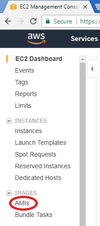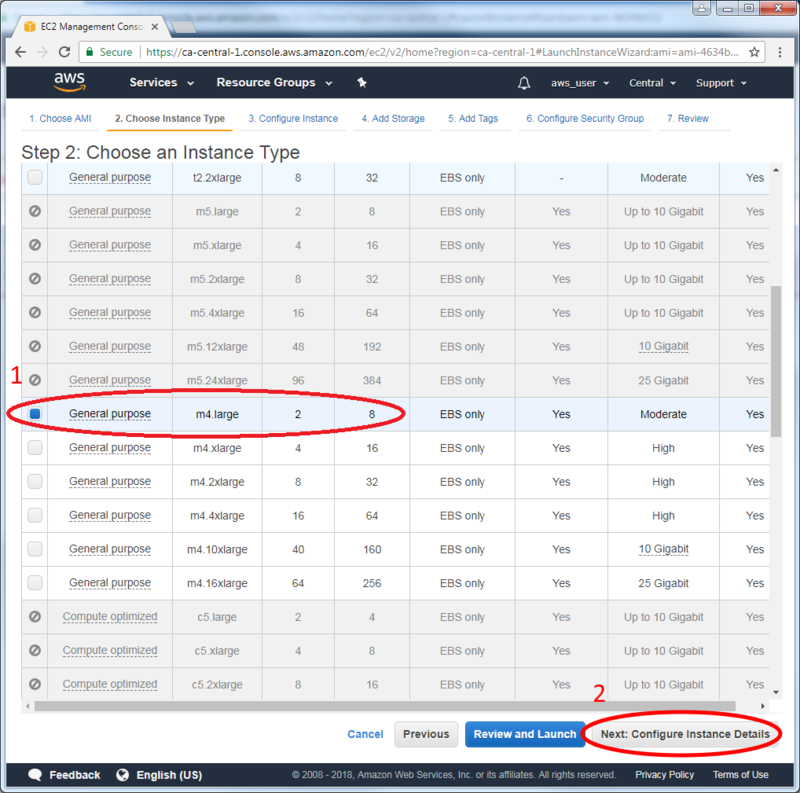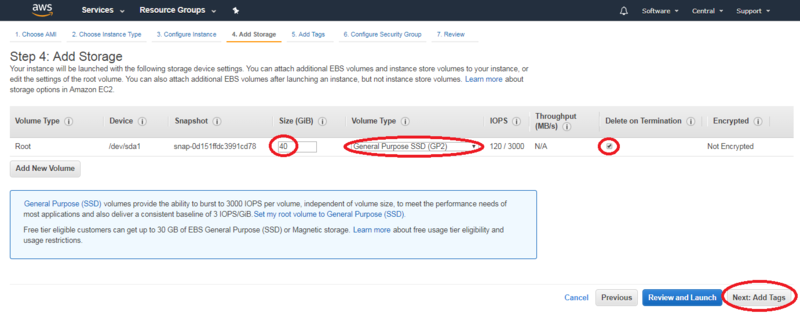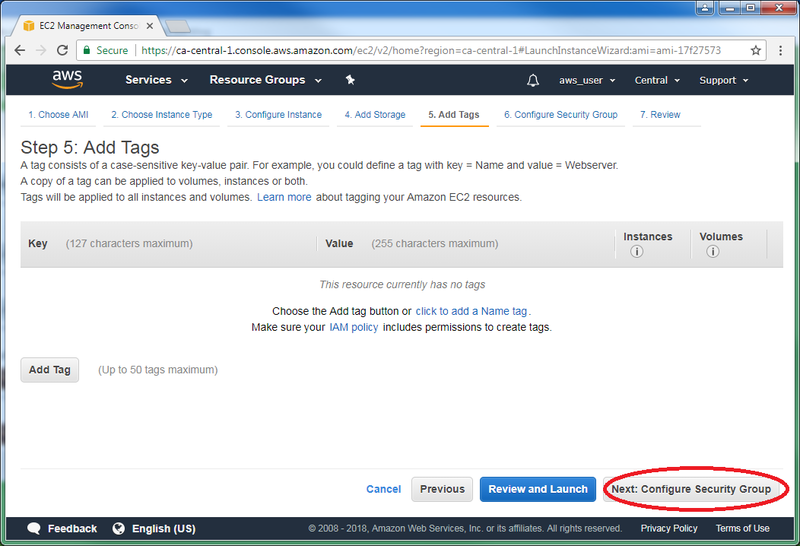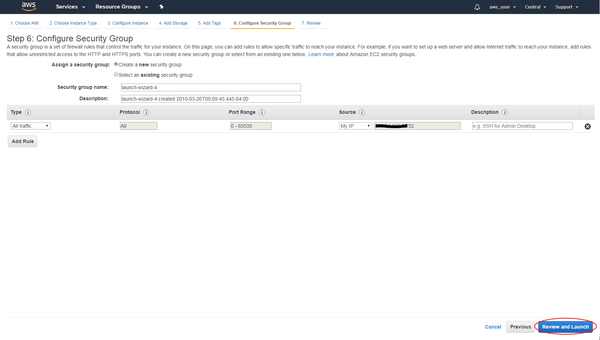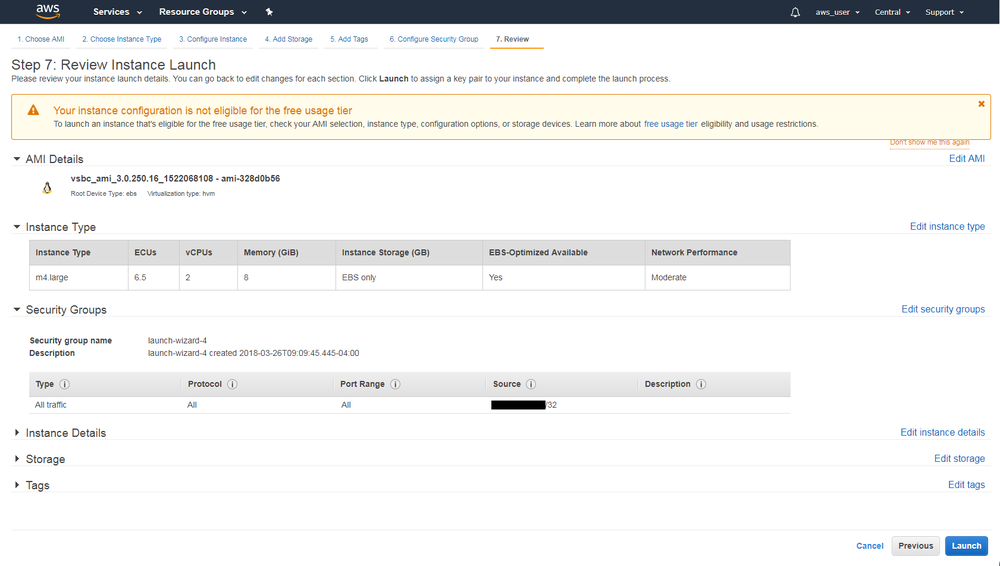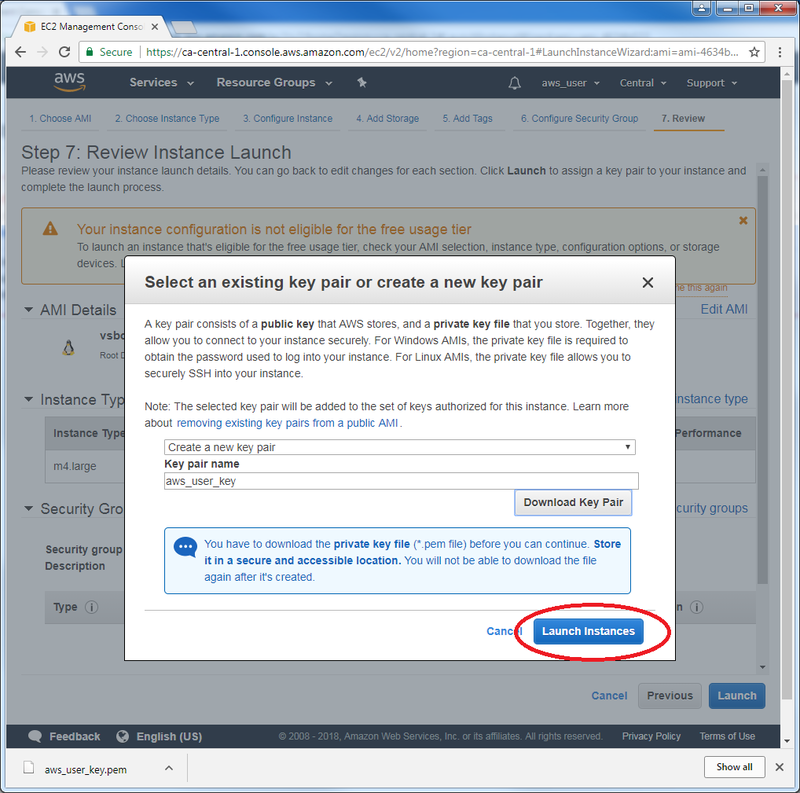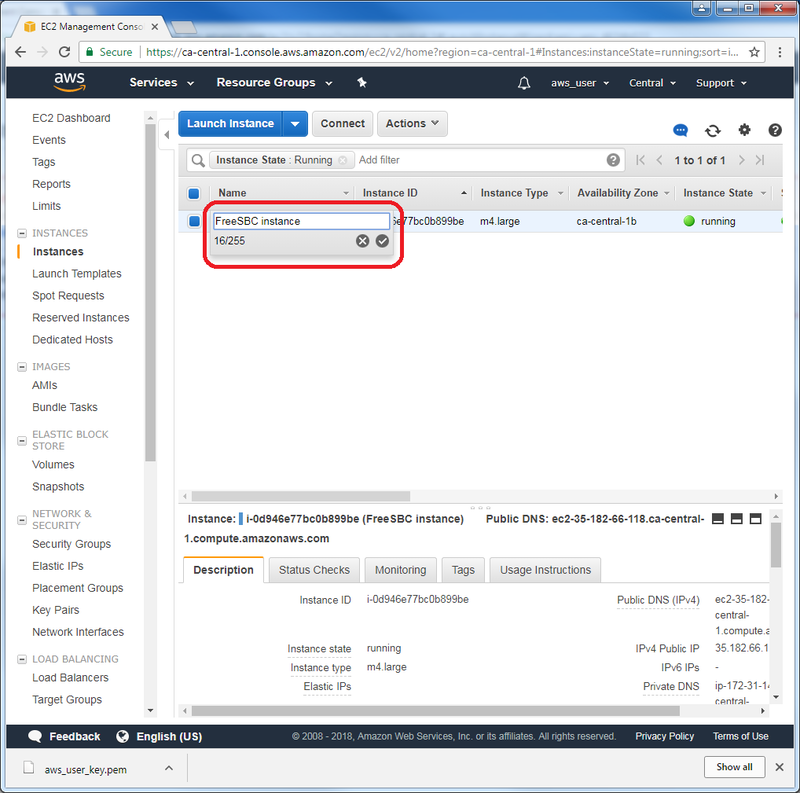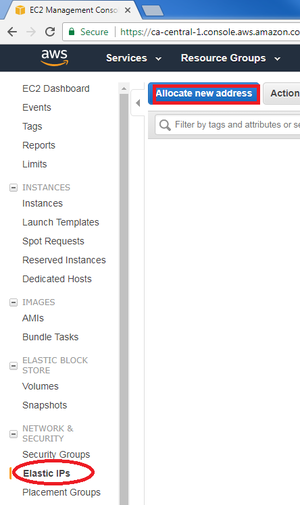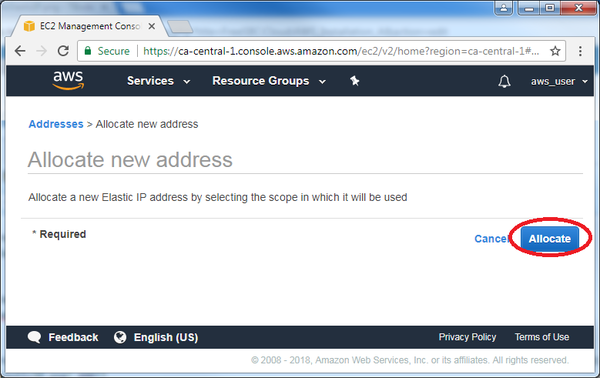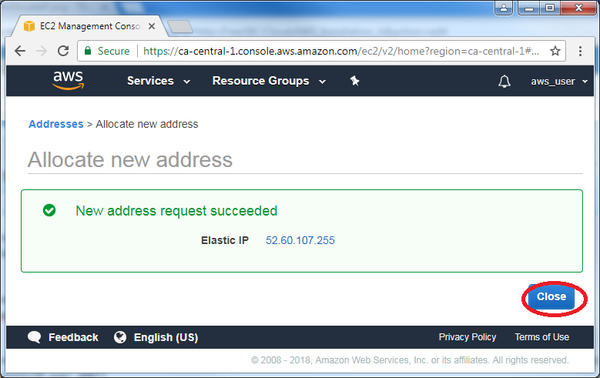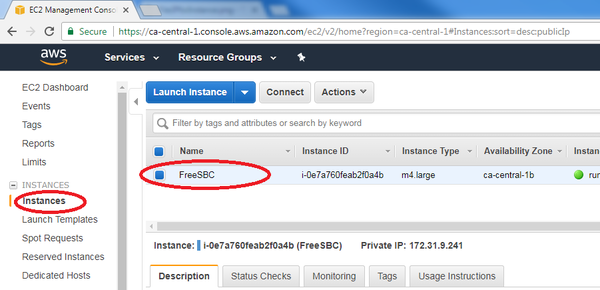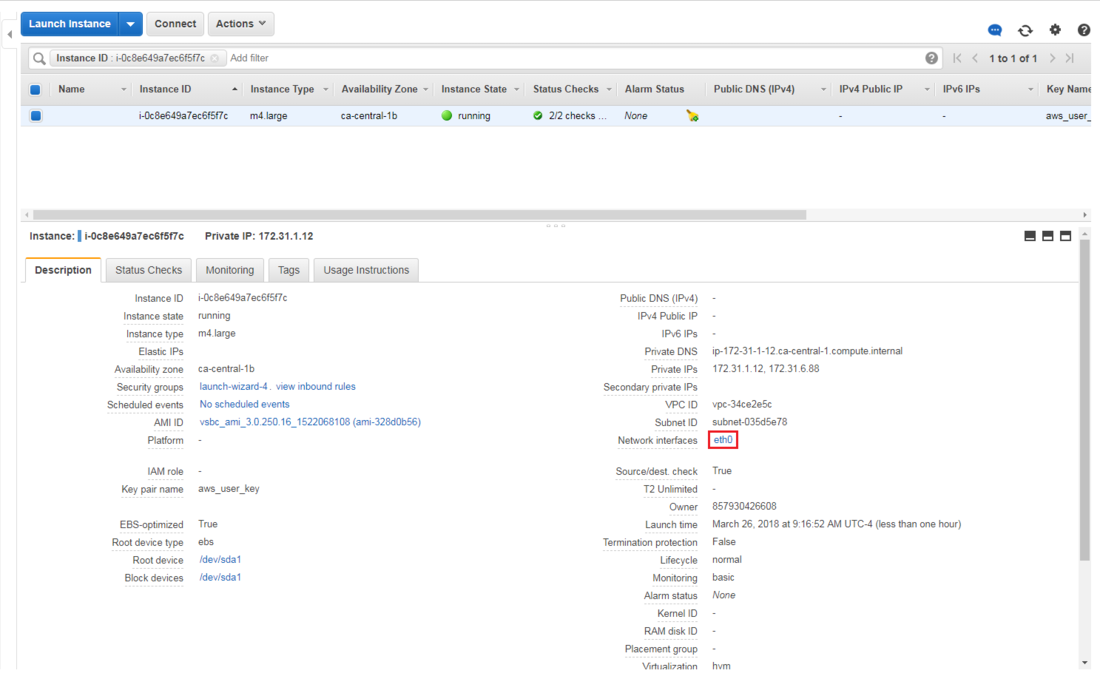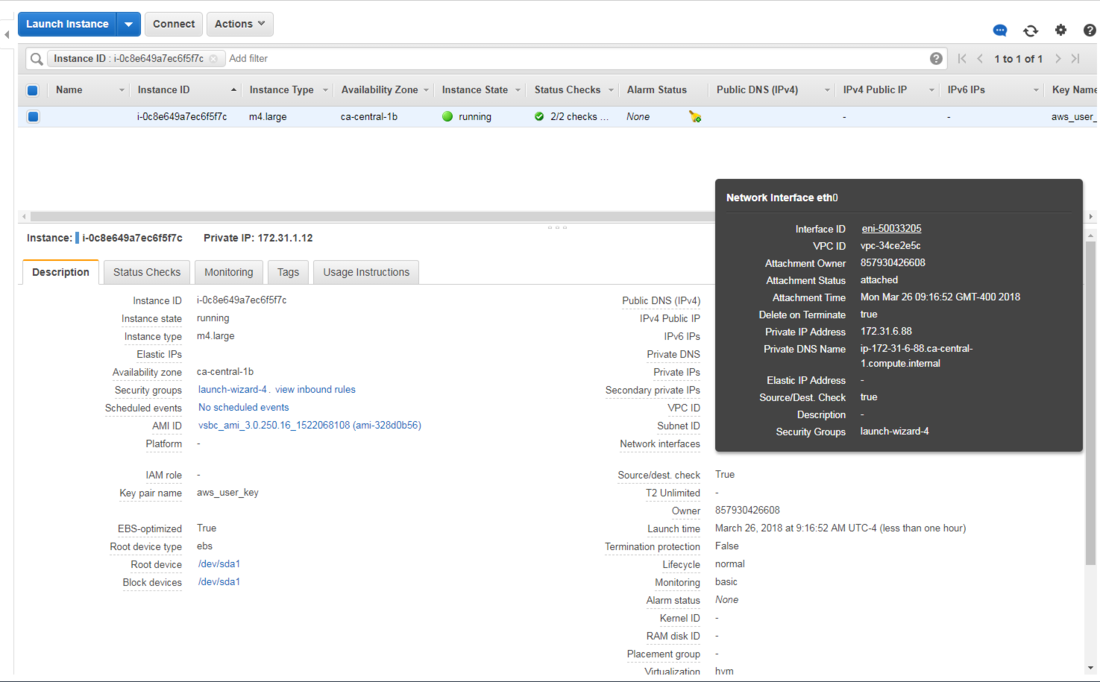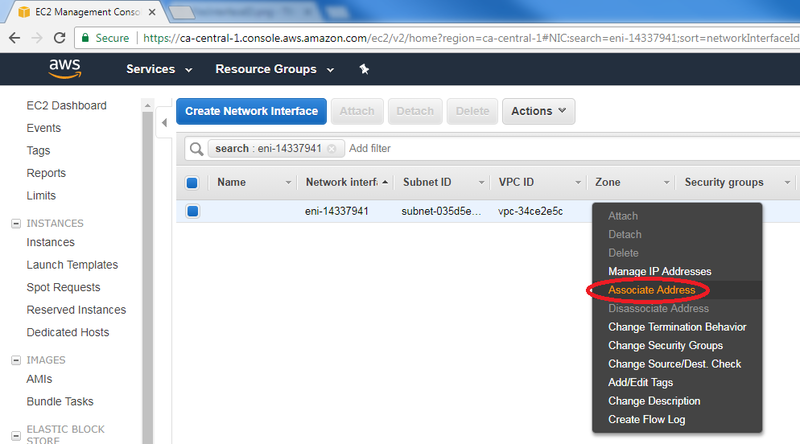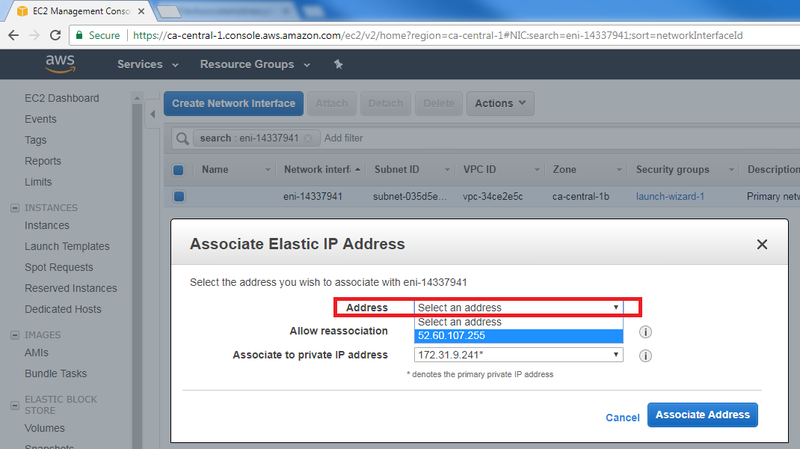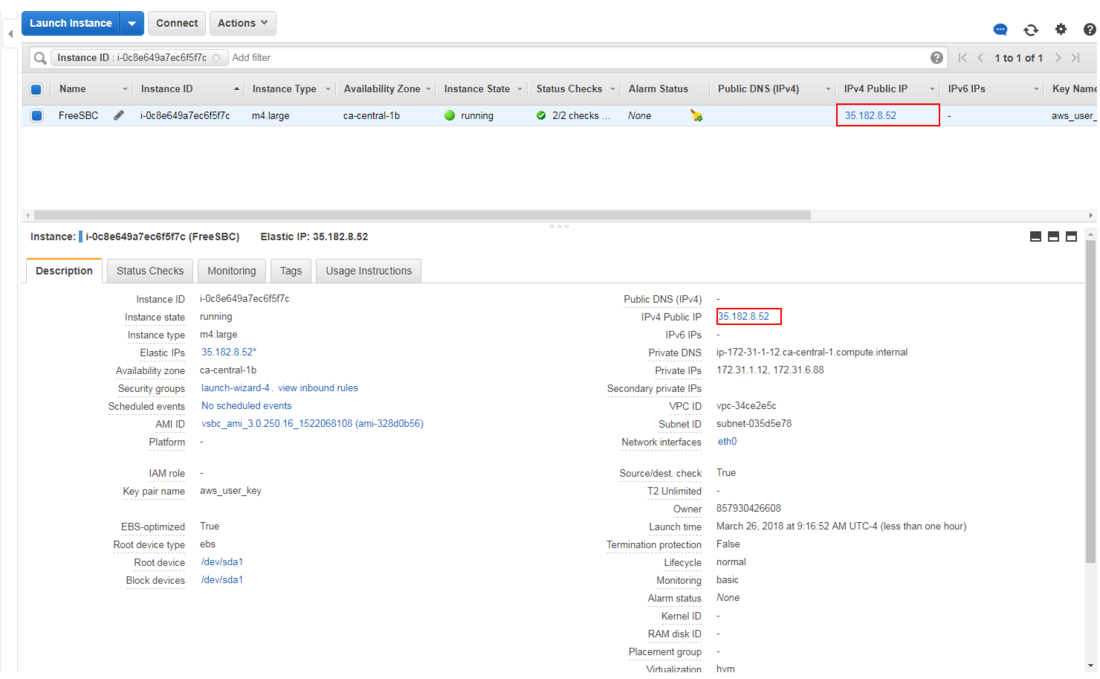FreeSBC:Cloud:AWS Installation A
From TBwiki
(Difference between revisions)
(update aws installation part 4) |
(move troubleshooting section to another page) |
||
| Line 1: | Line 1: | ||
{{DISPLAYTITLE:FreeSBC:Cloud:AWS Installation}} | {{DISPLAYTITLE:FreeSBC:Cloud:AWS Installation}} | ||
| − | This page is intended to give assistance to people launching an instance of ''FreeSBC'' using Amazon Machine Image (AMI) on Amazon Web Service (AWS) | + | This page is intended to give assistance to people launching an instance of ''FreeSBC'' using Amazon Machine Image (AMI) on Amazon Web Service (AWS). |
== Instantiate a FreeSBC == | == Instantiate a FreeSBC == | ||
| Line 16: | Line 16: | ||
| − | * Select the image and click “Launch”: | + | * Select the image and click “Launch”: |
[[File:SelectAMI.png| 700px]] | [[File:SelectAMI.png| 700px]] | ||
| Line 112: | Line 112: | ||
* Click on "Instances" on the left pane and select "FreeSBC" instance. Check if your instance is associated with a public IP: | * Click on "Instances" on the left pane and select "FreeSBC" instance. Check if your instance is associated with a public IP: | ||
[[File:Ready.png| 1100px]] | [[File:Ready.png| 1100px]] | ||
| − | |||
You are ready to connect to ''FreeSBC'' instance on AWS through the Web Portal. | You are ready to connect to ''FreeSBC'' instance on AWS through the Web Portal. | ||
| − | + | == Troubleshooting == | |
| − | == Troubleshooting== | + | * [[FreeSBC:Cloud:AWS_Installation_Troubleshooting_A|Installation troubleshooting]] |
| − | + | ||
| − | + | ||
| − | + | ||
| − | + | ||
| − | + | ||
| − | + | ||
| − | + | ||
| − | + | ||
| − | * | + | |
| − | [[ | + | |
| − | + | ||
| − | + | ||
| − | + | ||
| − | + | ||
| − | + | ||
| − | + | ||
| − | + | ||
| − | + | ||
| − | + | ||
| − | + | ||
| − | + | ||
| − | + | ||
| − | | | + | |
| − | + | ||
| − | + | ||
| − | + | ||
| − | + | ||
[[Category:Revise on Major]] | [[Category:Revise on Major]] | ||
Revision as of 15:02, 9 March 2018
This page is intended to give assistance to people launching an instance of FreeSBC using Amazon Machine Image (AMI) on Amazon Web Service (AWS).
Instantiate a FreeSBC
- After logging in your Amazon account, click on “EC2” in the main AWS console:
- On the left menu, click on “AMIs”:
- Click on the filter drop list and select “Private image” to locate FreeSBC AMI:
- Select the image and click “Launch”:
- Select the instance type and its resources. Supported instance type:
- m4.large (2 vCPU, 8 GiB)
- Choose an existing subnet from the list (Do not leave it to default):
- Click "Add Device" under Network Interface section (as FreeSBC requires 2 network interfaces)
- Click “Add Storage”:
- Change the Volume Size to 40Gb.
- Select "Volume Type": gp2
- Click “Add Tags”:
- You can leave the default parameters as they are.
- Click “Configure Security Group”:
- Select "Create a new security group". You need at least 4 rules (Important: Adjust the source IPs to known IP addresses only):
| Rule | Type | Port Range | Source IP |
|---|---|---|---|
| SSH | TCP | 22 | Set to known IP addresses |
| Web Portal | TCP | 12358 | Set to known IP addresses |
| SIP | UDP | 5060 | Set to known IP addresses |
| RTP | UDP | 20000-40000 | Set to known IP addresses |
- Click “Launch”. Please, note that FreeSBC is free of charges. However, you will still be charged by Amazon for using their resources that you allocated:
- You will be prompted to create a key pair, allowing you to securely connect to your instance. Select “Create a new key pair” if you do not own one, and give it a name. Then, click on “Download Key Pair” to download a .pem file since it is needed for a secured SSH connection:
- Click on “Launch Instances”:
- You can view your instance by clicking on “View Instances”:
- Select the instance you just created, and give a name:
- For your instance to become accessible, you need to associate a public IP generated by Amazon. Click on "Elastic IP" on the left, then click on "Allocate new address":
- Click on "Allocate IP". A new public IP will be generated by Amazon:
- Click on "Close":
- Go to the left pane and click on "Instance". Then select the instance "FreeSBC" to display its description:
- Notice the main Private IP circled in green. You need to identify which of the network interfaces is associated with it. Usually, it is the first in the list:
- Click on the identified Network Interface associated with the main Private IP, then click on "Interface ID" link:
- Right-click on the selected Network Interface, then click "Associate Address":
- In the Address list, select the public IP to associate with the main Network Interface. Then, click on "Associate Address":
- Click on "Instances" on the left pane and select "FreeSBC" instance. Check if your instance is associated with a public IP:
You are ready to connect to FreeSBC instance on AWS through the Web Portal.

